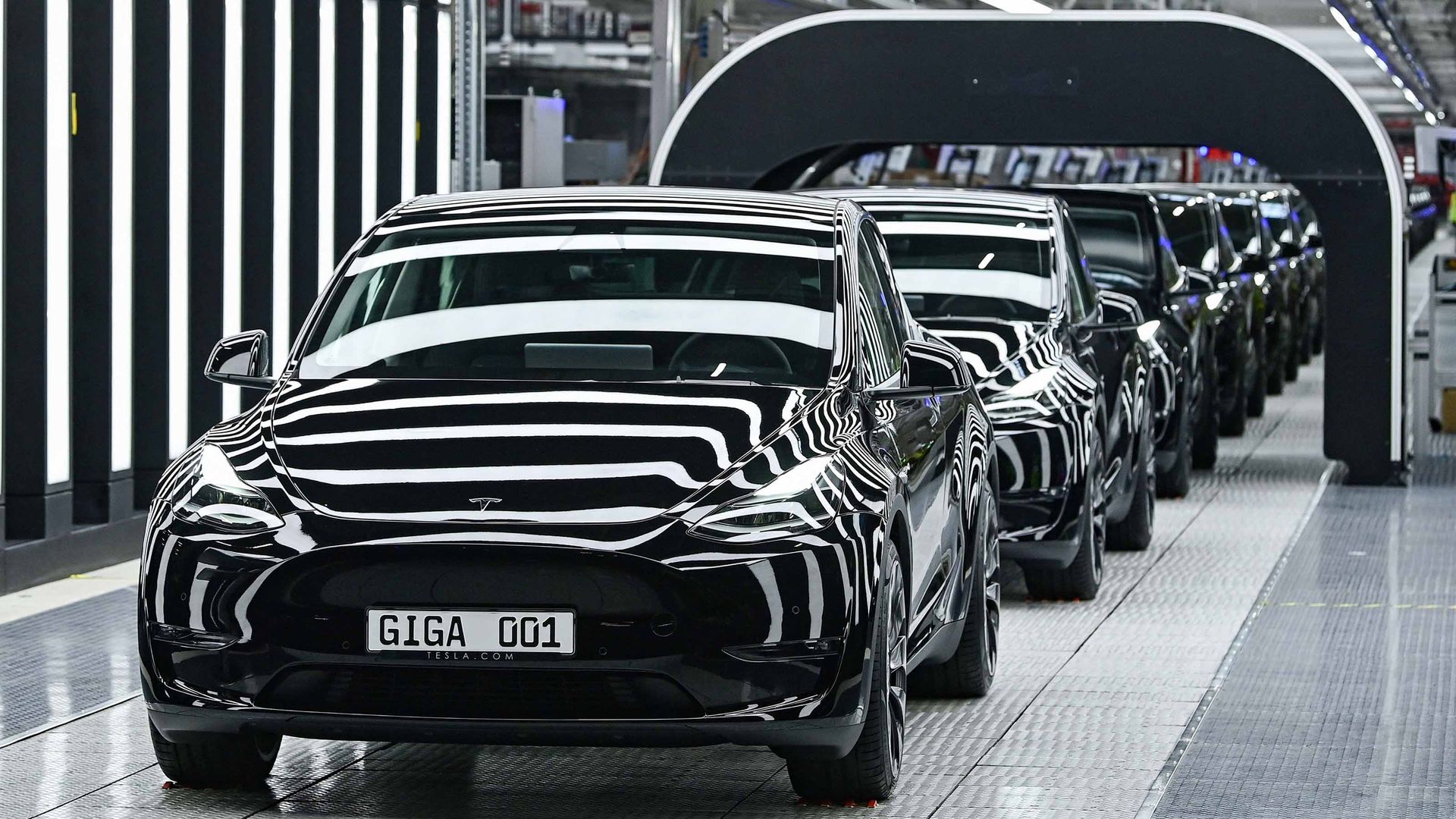To help you understand the driving force behind autonomous trucks and cars, and what we expect to happen in the future, our highly experienced iBestTravel team will keep you abreast of the latest developments and forecasts. You’ll get all the latest news first by following our updates. Here’s the latest…
The Rise of Autonomous Trucks
Autonomous trucks are gradually making their presence felt on the roads, particularly on interstates in Texas and the Southwest. Initially, these trucks are being operated with a human driver on board, either standing by or traveling in platoons behind a lead truck driven by a person. Companies like Maersk are operating Kodiak Robotics trucks between warehouses in Houston and Oklahoma City, always with a safety driver present. Looking ahead, Daimler plans to offer commercial services by 2027, signifying that the industry is gearing up for a broader launch.
Emerging Players in the Autonomous Vehicle Space
There are several key players in the sector likely to enter the market soon. These companies include Aurora Innovation and Gatik, the latter specializing in short-haul logistics. Although TuSimple had initially been positioned to lead the charge, it seems they may be shifting their focus towards opportunities in China. Additionally, new entrants such as Waabi, Stack AV, and Applied Intuition, which acquired the bankrupt Embark, are making waves. Notably, Waymo Via is currently prioritizing taxis and ride-hailing services.
Public Perception and Future Challenges
Initially, the rollout of autonomous trucks will be modest. This cautious approach stems from the technology being more advanced than society’s overall acceptance of it. A recent survey by the American Automobile Association revealed that 68% of respondents expressed fear regarding autonomous vehicles. Moreover, Governor Newsom of California has recently vetoed legislation requiring a safety driver for all autonomous trucks, highlighting ongoing regulatory challenges.

Safety and Regulatory Considerations
To achieve wider acceptance, the autonomous vehicle industry must establish a robust safety record. Public confidence, along with the approval of insurers and lawmakers, hinges on the ability of these companies to mitigate risks associated with autonomous technology. Simultaneously, companies must address cybersecurity concerns, as these are increasingly crucial in the digital age. Until these challenges are overcome, the deployment of autonomous trucks will remain limited, often requiring safety drivers or restricting their operations to interstate travel while platooning behind human-driven trucks. This scenario further implies a necessity for more transfer hubs where autonomous trucks can pick up human drivers or exchange responsibilities with manned trucks.
The Future of Transportation Services
Expect to see more manufacturers adopting fee-for-service models for autonomous trucking, similar to the approach taken by John Deere with its driverless tractors. Additionally, the rise of driverless trucks is likely to escalate labor tensions, as port workers’ unions have already voiced their concerns over automation. Truck drivers will potentially face similar challenges as the industry evolves.




